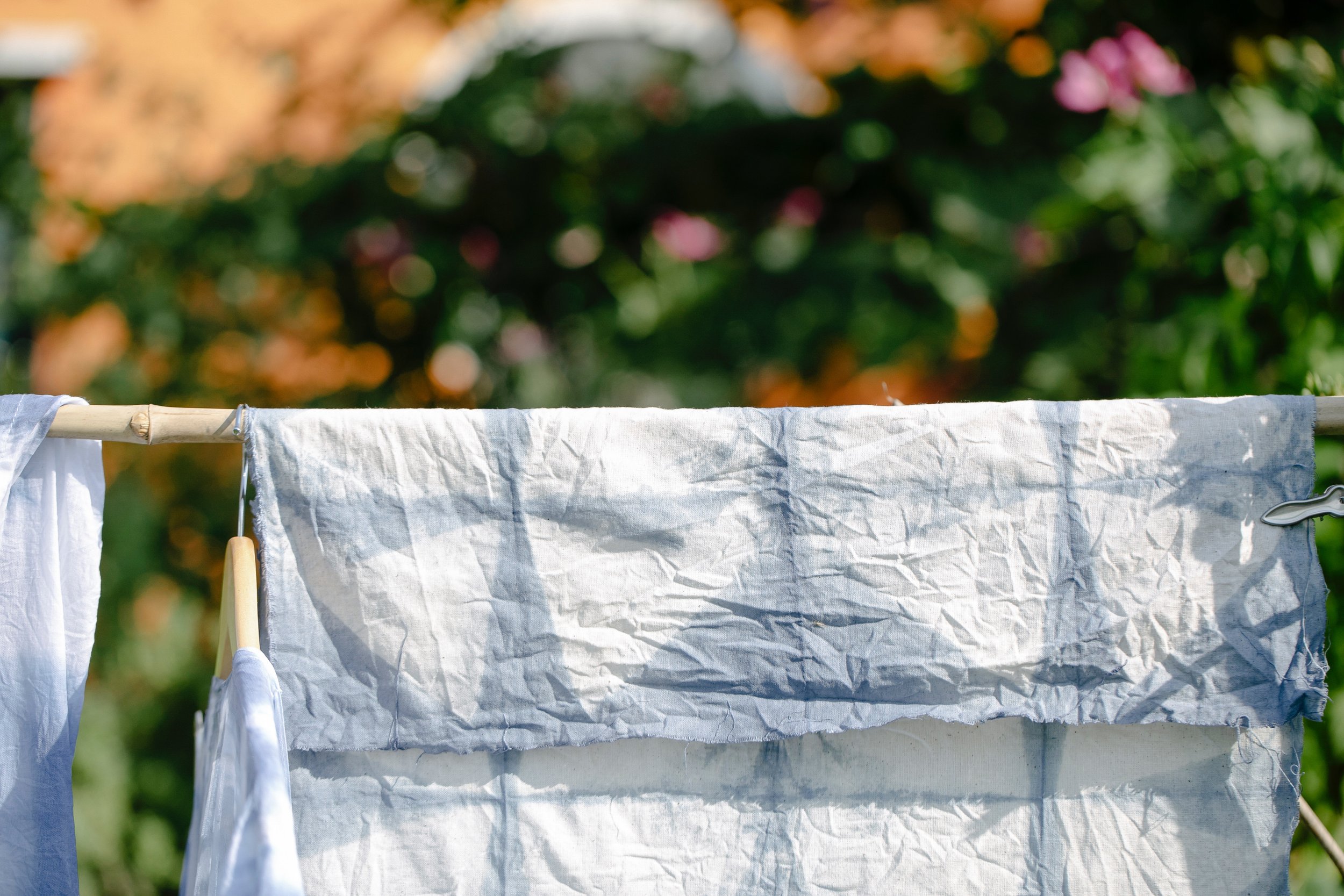Natural Dyes: The Art Of Eco-Fashion
Dyeing clothing from natural sources has been around for centuries. Humans for years have collected plants and flowers from their local, natural ecosystem and used them for many purposes. One of its purposes was to make colorful, fun pieces. You also have the opportunity to do the same. Consider upcycling your closet without having to spend too much money! Try to work with your local community's natural environment to collect your supplies. Natural dyes ideally come from local insects, plants, vegetables, animals and minerals. This will help you practice eco-fashion, which is about fashion that is environmentally friendly and uses renewable and sustainable resources.
The Benefits of Natural Dyes
Natural dyes come from natural resources. Dyes from plants are sourced from leaves, flowers, bark, fruits, and wood, while organic dyes come from biological sources, like fungi! Natural textile dyeing can be traced back to as early as the Neolithic period. And the great thing is that it’s biodegradable, non-toxic and non-allergenic! This makes it better for the environment and the people wearing it. But natural dyes used on textiles do need metallic mordants to improve color fastness, brilliancy and endurance. Aluminum potassium sulfate, stannous chloride, ferrous sulfate and copper sulfate are some of the most common mordants. But they are hazardous to the planet and to people's health; they cause skin issues and diseases like dermatitis, irritation, allergy, skin microflora reduction, liver damage, pulmonary congestion and cancer.
And interestingly enough, the most common natural dyeing was snail glands to make tyrian purple, female cochineal insects for cochineal red, and indigo plants for indigo blue. Indigo especially became popular because it’s not likely to fade and the dye material doesn't have to be treated beforehand. The plant can also be used for indigo tea from its leaves and stem, edible indigo powder used in spices, and herbal medicine (it’s good for anti-inflammation). Unfortunately, despite its many great qualities and low impact on the planet, natural dyes are not commonly used in today's fashion industry!
Synthetic Dyes in Fast Fashion
In 1850, synthetic dyes were created from chemical compounds like mercury, copper, lead, benzene, and sodium chloride. The Industrial Revolution took over the fashion industry and natural dyes were superseded by synthetic dyes, since they were quicker and cheaper to use. It also reduced the large amount of land needed for the production of natural dyes. However, synthetic dyes have been proven to have carcinogenic components and cause skin irritation to its wearer. And, according to the RiverBlue documentary, the textile industry uses 200 tons of water per ton of fabric. The synthetic dye and mordants used to set the dye enter natural waterways, exposing the workers and their local community to high levels of dangerous chemicals. This is dangerous to their health and their short and long-term wellbeing.
However, synthetic dyes help ensure clothing lasts a longer time. The color fastness and durability far exceeds natural dyes. And if you're vegan, natural dyes can come from animal sources. So always double-check the source of natural dyes to avoid any confusion. And if you're running a fashion brand, you can run the risk of losing customers if you don’t use synthetic dyes. The long-term quality and vibrancy of your pieces can very well decrease when natural dyes are used. All the while, don’t forget that using natural dyes with chemical mordants is still a process that involves chemicals! So stay honest with the pro’s and con’s of using synthetic dyes versus natural dyes when deciding how to upcycle your closet.
Alternatives to Synthetic Dyes: Low-Impact Dyes & Certifications
Low-impact dyes have been presented as a solution to the damaging elements of synthetic dyes. A low-impact dye is classified by the Oeko-Tex Standard 100 (an international certification) as eco-friendly, does not contain toxic chemicals or mordants, and has an absorption rate of over 70% for less water wastage.
Low-impact dyes are eco-friendly, but are not totally free from environmental harm since they aren't made from entirely natural sources. Nevertheless, they can offer a more sustainable alternative to synthetically dyed clothing.
Other sustainable dye certification include the following:
The Global Organic Textile Standard: This certification ensures that the dye stage does not have any harmful chemicals
PETA approved vegan: This means the dyes are low impact and vegan
bluesign® approved: This means dyes have high safety standards and meet sustainable production criteria
However, the ideal route is to use natural dye. It fosters environmental sustainability with its low carbon footprint and promotes creativity in the fashion industry. It also moves us away from mass produced micro-trends that replicate the same designs over and over again!
Innovative Natural Dye Alternatives
There are natural dye innovations from brands interested in providing quality alternatives. Consider the following options the next time you want to upcycle pieces:
This brand has created plant-based dyes by partnering with local farms that grow indigo. The dye is then extracted in their factories based in the United States. This supports local economies, regenerative practices and sustainable practices good for the planet and people.
This brand produces 100% plant-based black dye that is completely natural from their carbon-negative manufacturing process!! They use raw materials from agricultural communities around the globe. How cool is that??
This brand produces pigment from their genetically-modified microorganism via a fermentation process and from renewable feedstocks. The dye can be used in standard dye machines!! It does not need any mordants or additional process to fix the color onto the clothing!
Challenge yourself to dye your clothing with natural sources! Forage your local neighborhood by taking what you need and experimenting at home. You don’t have to know exactly what you're doing to do this!! Google “how to natural dye my clothing” and start your journey! You can try making cool patterns and colors from there. Embrace your creativity and start practicing the art of eco-fashion!




